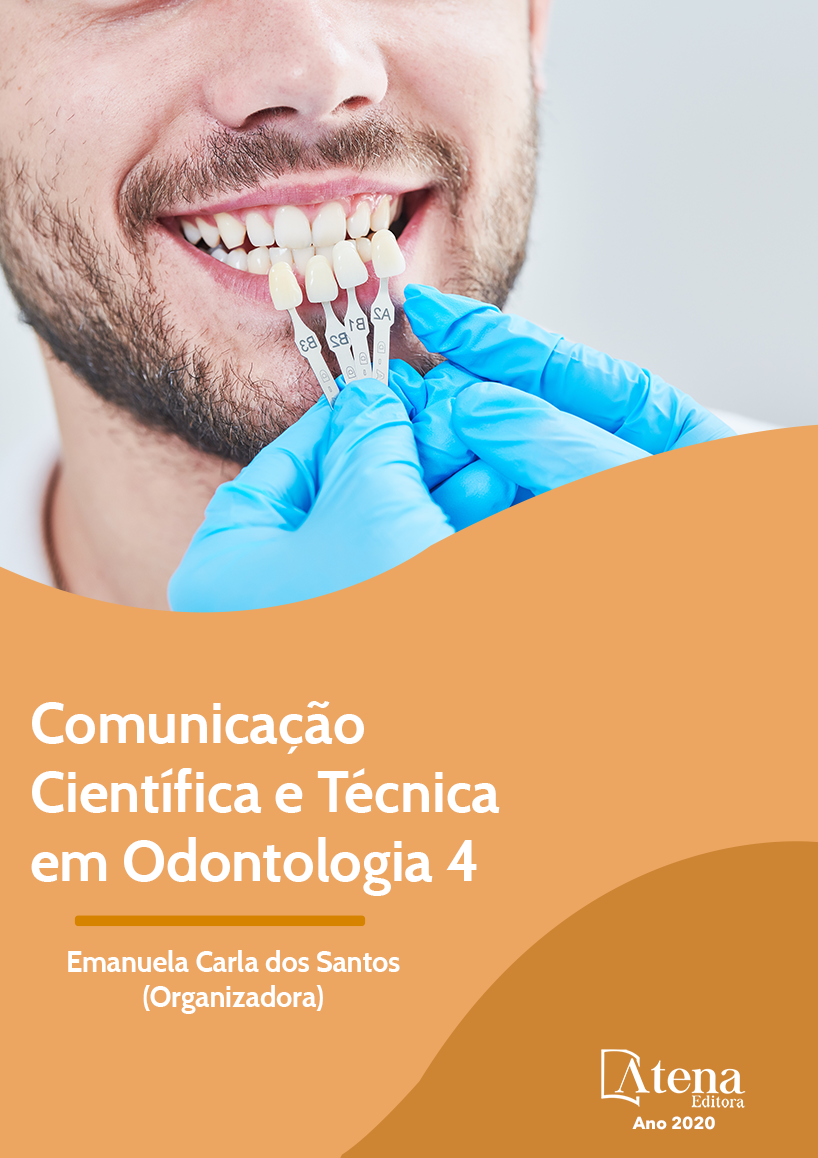
ANALISE HISTOMORFOMÉTRICA DE ENXERTOS UTILIZANDO LUMINA BONE POROUS®
O objetivo deste estudo foi avaliar histomorfometricamente o padrão de cicatrização em levantamentos de seio maxilar, com uso de um biomaterial de osso bovino desproteinizado liofilizado (Criteria Lumina Bone Porous® - grupo teste), comparado ao padrão ouro (Bio-Oss® - Geistlisch – grupo controle). Participaram deste estudo 14 pacientes que foram submetidos à procedimentos de levantamento de seio maxilar e, após 6 meses do procedimento cirúrgico, foram coletadas por meio de uma broca trefina, amostras das áreas enxertadas. Onze pacientes foram incluídos no grupo teste, dos quais foram removidas 31 amostras de osso, de áreas previamente enxertadas com o material teste; e, 3 pacientes (grupo controle), dos quais foram removidas 07 amostras de osso, de área previamente enxertada com Bio-Oss®. As amostras foram processadas histologicamente e coradas com Hematoxilina/Eosina, Tricrômio de Masson e Azul de Metileno, e analisadas utilizando o programa CaseViewer (3D Histech). Após análise histomorfométrica, pode-se observar que o grupo teste apresentou uma média de tecido conjuntivo de 44,32% (±8.66%), resíduo de biomaterial de 23,21% (±3.31%), e osso neoformado de 32,48% (±9.05%); para o grupo controle, as médias foram 48.21% (±1.30%), 26.15% (±3.42%) e 25.64% (±4.26%), respectivamente. Para todos os parâmetros analisados não foram observadas diferença significativa os grupos teste e controle (p>0,05). Pode-se concluir que a avaliação histológica do Criteria Lumina Bone Porous® apresentou quantidade de resíduo de biomaterial e porcentagens similares de trabeculado ósseo e tecido conjuntivo neoformado, semelhantes ao BioOss®, após seis meses da cirurgia de levantamento de assoalho do seio maxilar.
ANALISE HISTOMORFOMÉTRICA DE ENXERTOS UTILIZANDO LUMINA BONE POROUS®
-
DOI: 10.22533/at.ed.61520240112
-
Palavras-chave: Xenoenxerto; Enxerto Heterógeno; Biomateriais; Seio Maxilar; Substitutos Ósseos.
-
Keywords: Bone substitute; Biomaterial; sinus lift; bone grafts
-
Abstract:
The purpose of the study was compare the neobone formed in sinus lift graft, using a new bone substitute - Lumina Bone Porous®, with the gold standard Geistlich BioOss®. Fourteen patients was submitted to sinus lift with six month of healing time to remove a bone block from the grafted area with a trefine burr. Eleven patients were included in the test group, and collected thirty one samples of neobone formed in grafted area using Criteria Lumina Porous®. The control group was formed by three patients and a sample of 07 areas of Geistlich BioOss® grafts. All the samples were histologically processed and colored with Hematoxilyn and Eosin, Masson Trichrome stain and Methylane Blue, to be analyzed by computer program Caseviewer (3DHistech). The histologically analysis showed that the neobone and connective tissue of the samples was in intimate contact with the bone substitute, suggesting a biocompatibility and that the material tested has low resorption rates. The histhomorfometric analyses showed no statistical differences (p<0,05) between the rates of the two groups. In the tested group, was find 44,32% (±8,66%) of connective tissue, 23,21% (±3,31%) of bone substitute and 32,48% (±9,05%) of neobone, wile the control group present 48.21% (±1.30%), 26.15% (±3.42%) e 25.64% (±4.26%), respectively. The biomaterial used in the study has a good osteoconductive potential and adequate resorption rates for the presented necessity, becoming stable for the length of the study, permitting the bone formation after sinus lift grafts. Although the limited time of this study, the authors can conclude that after histological analysis, the Criteria Lumina Bone Porous® is biocompatible. By the way, the residual rates of the biomaterial, neoformed bone and connective tissue were similar to the gold standard used as reference - Geistlich BioOss®, after six months of the sinus lift surgery.
-
Número de páginas: 21
- DAIANE CRISTINA PERUZZO
- Leandro Lécio de Lima Sousa
- JOSE RICARDO MARIANO
- GUSTAVO PINA GODOY
- SÉRGIO CHARIFKER RIBEIRO MARTINS


